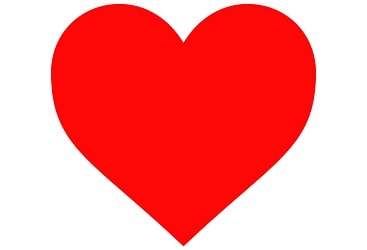Artificial heart muscle to mend you after a heart attack now!
Q. Researchers have discovered a way to make an artificial muscle for which organ?- Published on 30 Nov 17a. Heart
b. Kidney
c. Liver
d. Lungs
ANSWER: Heart

Scientists have developed a fully functioning artificial human heart muscle large enough to patch over damage typically seen in patients, who have suffered a heart attack. The advance takes a major step toward the end goal of repairing dead heart muscle in human patients, researchers have said.
Right now, virtually all existing therapies are aimed at reducing the symptoms from the damage that has already been done to the heart, but no approaches have been able to replace the muscle that is lost, because once it is dead, it does not grow back on its own.
This is a way that we could replace lost muscle with tissue made outside the body.
Heart Patches: Know More - Unlike some human organs, the heart cannot regenerate itself after a heart attack.
- The dead muscle is often replaced by scar tissue that can no longer transmit electrical signals or contract, both of which are necessary for smooth and forceful heartbeats.
- The end result is a disease commonly referred to as heart failure that affects over 12 million patients worldwide.
- Heart patches could be implanted over the dead muscle and remain active for a long time, providing more strength for contractions and a smooth path for the heart's electrical signals to travel through.
- These patches also secrete enzymes and growth factors that could help recovery of damaged tissue that has not yet died.
- However, a heart patch must be large enough to cover the affected tissue. It must also be as strong and electrically active as the native heart tissue, or else the discrepancy could cause deadly arrhythmias.
- This is the first human heart patch to meet both criteria.